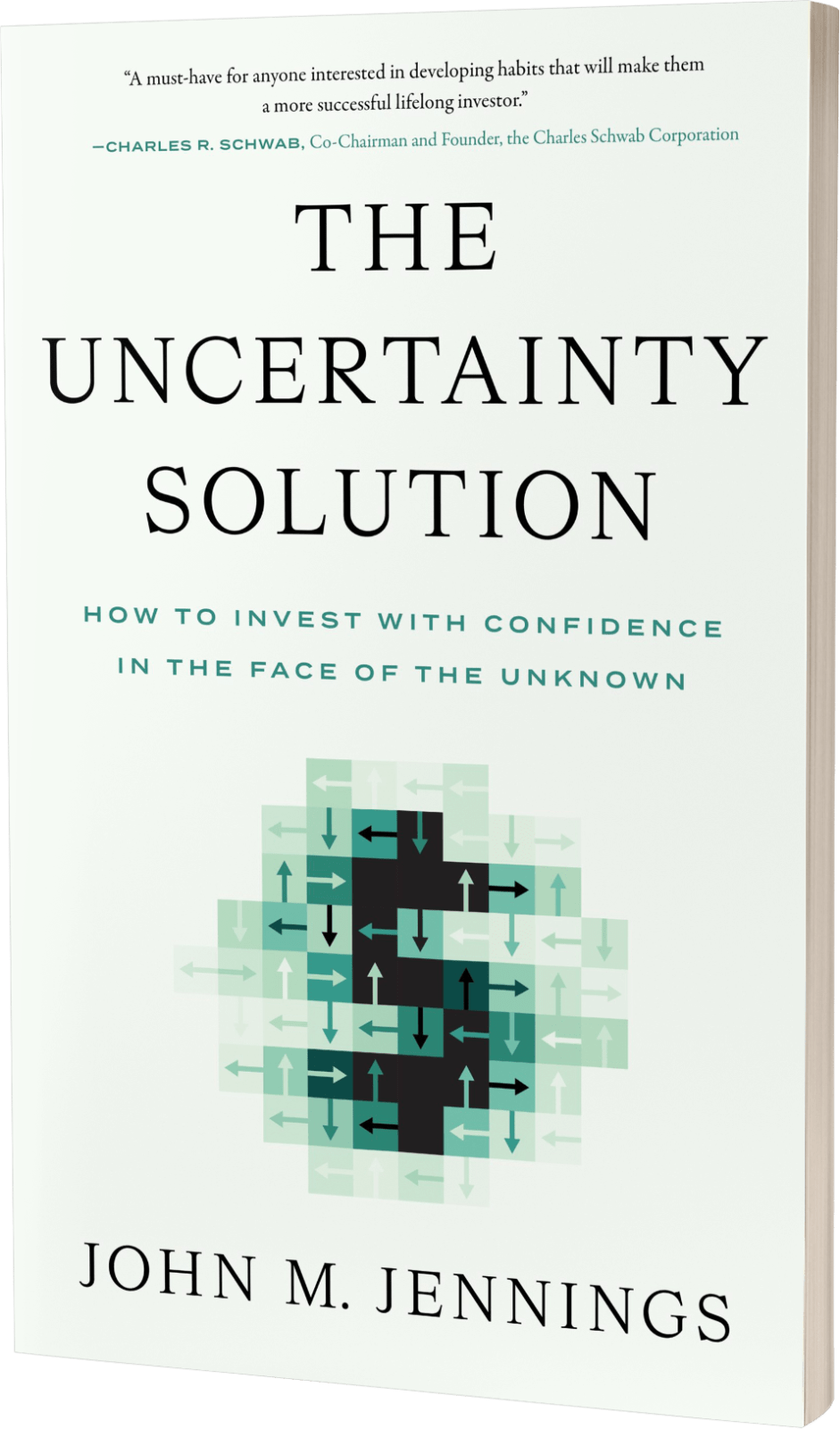
Tokyo
Since the industrial revolution in the 1800s, there has been a steady increase the percentage of population living in cities. In 2008 an important milestone was achieved as more than half of the world’s population resided in an urban area (now it’s 54%). For comparison, 80% of the American population lives in an urban area. . Additionally, we’ve seen the rise of “megacities” – cities with a population of 10 million or more. In 1975 there were three megacities (NY, Tokyo, Mexico City). In 1990 there were 10. Now there are 31 megacities! Here they are (data from the U.N. as of 2016)*:
31. Lima, Peru, 10,072,000
30. Madras, India, 10,163000
29. London, UK, 10,434,000
28. Bangalore, India, 10,456,000
27. Jakarta, Indonesia, 10,483,000
26. Shenzhen, China, 10,828,000
25. Paris, France, 10,925,000
24. Tianjin, China, 11,558,000
23. Kinshasa, Congo, 12,071,000
22. Moscow, Russia, 12,260,000
21. Los Angeles, USA, 12,317,000
20. Rio de Janeiro, Brazil, 12, 981,000
19. Guangzhou, China, 13,070,000
18. Manila, Philippines, 13,131,000
17. Lagos, Nigeria, 13,661,000
16. Chongqing, China, 13,744,000
15. Istanbul, Turkey, 14,365,000
14. Calcutta, India, 14,980,000
13. Buenos Aires, Argentina, 15,334,000
12. Karachi, Pakistan, 17,121,000
11. Dhaka, Bangladesh, 18,237,000
10. New York, USA, 18,604,000
9. Cairo, Egypt, 19,128,000
8. Osaka, Japan, 20,337,000
7. Mexico City, Mexico, 21,157,000
6. Beijing, China, 21,240,000
5. Sao Paulo, Brazil, 21,297,000
4. Mumbai, India, 21,357,000
3. Shanghai, China, 24,484,000
2. Delhi, India, 26,454,000
1. Tokyo, Japan, 38,140,000
*Note the above population figures represent “urban agglomeration” which is the city boundary PLUS suburbs



I remember about 20 years ago a speaker asked the audience the population of China. The consensus answer was 1 billion. The speaker said that’s what most people think. It was actually closer to 1,318,000,000. So consensus thought rounded off basically the population of the United States.
There is a time when there are to many ants in the ant hill. I have experienced the growth of the Phoenix area over the last 30 years going from less than 1 million to almost 5 million. The growth has been managed well, but bigger does not always mean better. The rural life style I enjoyed in my youth had a lot going for it.